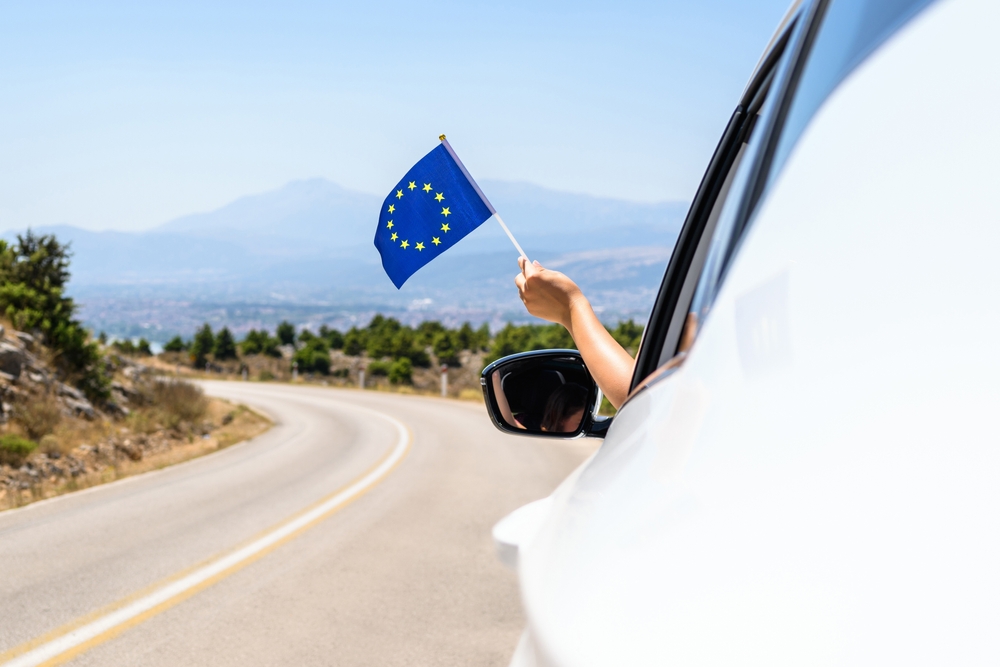The European Commission proposed a drastic overhaul of vehicle safety and registration rules amid a bold move to modernize transportation across Europe.
With road safety still underway and vehicle emissions making a significant contribution to air pollution, the new proposal aims to line up obsolete regulations with today’s technological realities, particularly the rapid rise of electric vehicles and smart driving systems.
At the heart of the initiative is clear ambitions. It’s about making European roads safer, making air cleaners and their vehicle systems more transparent and enduring fraud.
Apostolos Tzitzikostas, Director of EU Sustainable Transport and Tourism, explained:
“Today’s initiatives show great progress in making our roads safer, cleaning the air and making the lives of our citizens easier.
“By modernizing road rules, we are ensuring that we are leveraging the latest technology, enhancing enforcement and meeting the realities of evolving mobility.”
Vision for safer roads and cleaner air
The proposed road safety reforms are the basis of the EU’s “Vision Zero” strategy, which aims to achieve zero deaths and serious injuries on roads by 2050.
As part of this long-term vision, the committee aims to reduce deaths and injuries by 50% by 2030.
Between 2026 and 2050, the proposed changes are expected to save around 7,000 lives and prevent around 65,000 serious injuries.
These forecasts highlight the urgency and scale of the initiatives first outlined in the Commission’s 2020 Sustainable Smart Mobility Strategy.
Tackling the challenges of aging and high-emission vehicles
One of the key factors behind reform is growing concerns about unsafe, aging and polluted vehicles.
The number of older and high-emission vehicles is small, but it contributes disproportionately to accidents and pollution.
The current rules, last revised in 2014, are no longer sufficient to address these issues in the rapidly evolving EU auto landscape.
To address these concerns, annual inspections will be mandatory for all vehicles over a decade.
Meanwhile, the new test protocol uses advanced methods targeting ultrafine particles and nitrogen oxides (NOX) to detect high-emission vehicles.
Adapts to electric vehicles and emerging technologies
Recognizing the rapid rise of electric vehicles (EVs) and the spread of advanced driver assistance systems (ADAs), the proposed regulations will introduce regular technical inspections exclusively for EVs.
It also includes software integrity checks for electronic safety and emission systems to ensure that new technologies function safely and as intended.
Digitalization and fraud prevention at the core
To simplify procedures and suppression fraud, particularly odometer tampering, the committee is pushing for a complete digital transformation.
This includes the introduction of electronic vehicle registration and test certificates, as well as a shared EU-wide platform for cross-border data exchange.
Odometer measurements are recorded in a nationwide database and are accessible across borders, with the aim of uncruel sellers trying to misrepresent the vehicle’s mileage.
Cross-border perception and streamlined inspections
One of the major conveniences proposed is mutual recognition of regular technical inspection (PTI) certificates.
This allows vehicles inspected in one EU country to be recognized by another EU country for up to six months, reducing the mobility of residents living abroad temporarily.
The reforms also aim to enhance data governance by improving inspection centres’ access to vehicle technical data and ensuring more accurate and consistent evaluations across the EU.
Legislative proposals will proceed before the European Parliament and the Council for consideration. If adopted, the committee will begin drafting the mandated mandate and enforcement acts necessary to implement the new rules.
These updates show a transformative change in how the EU approaches road safety, reflecting modern commitments to mobility, environmental sustainability and public protection.
With this roadmap, the EU not only aims to make roads safer, but also cleaner, but also aims to lay the foundation for a future for smarter and safer transportation.
Source link

